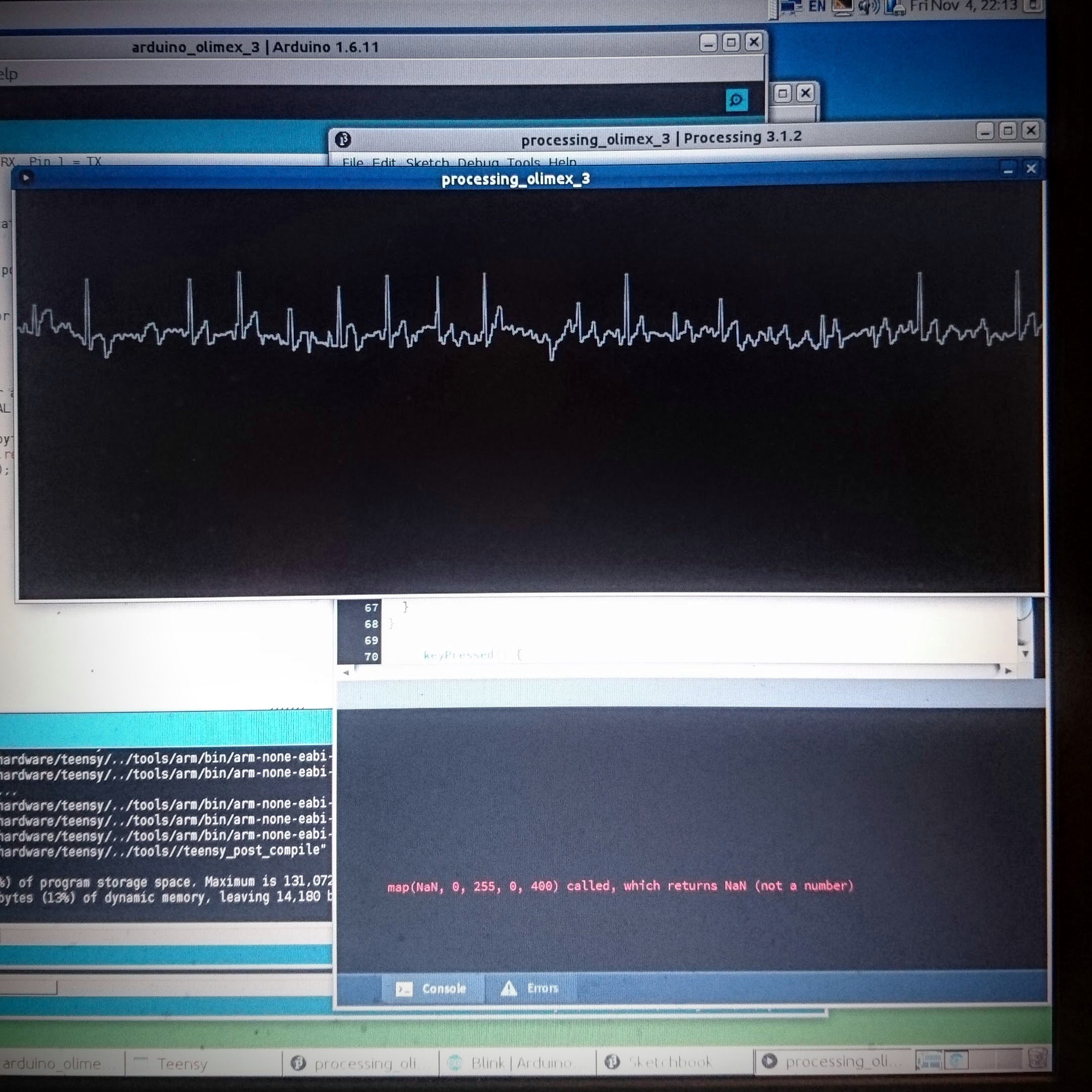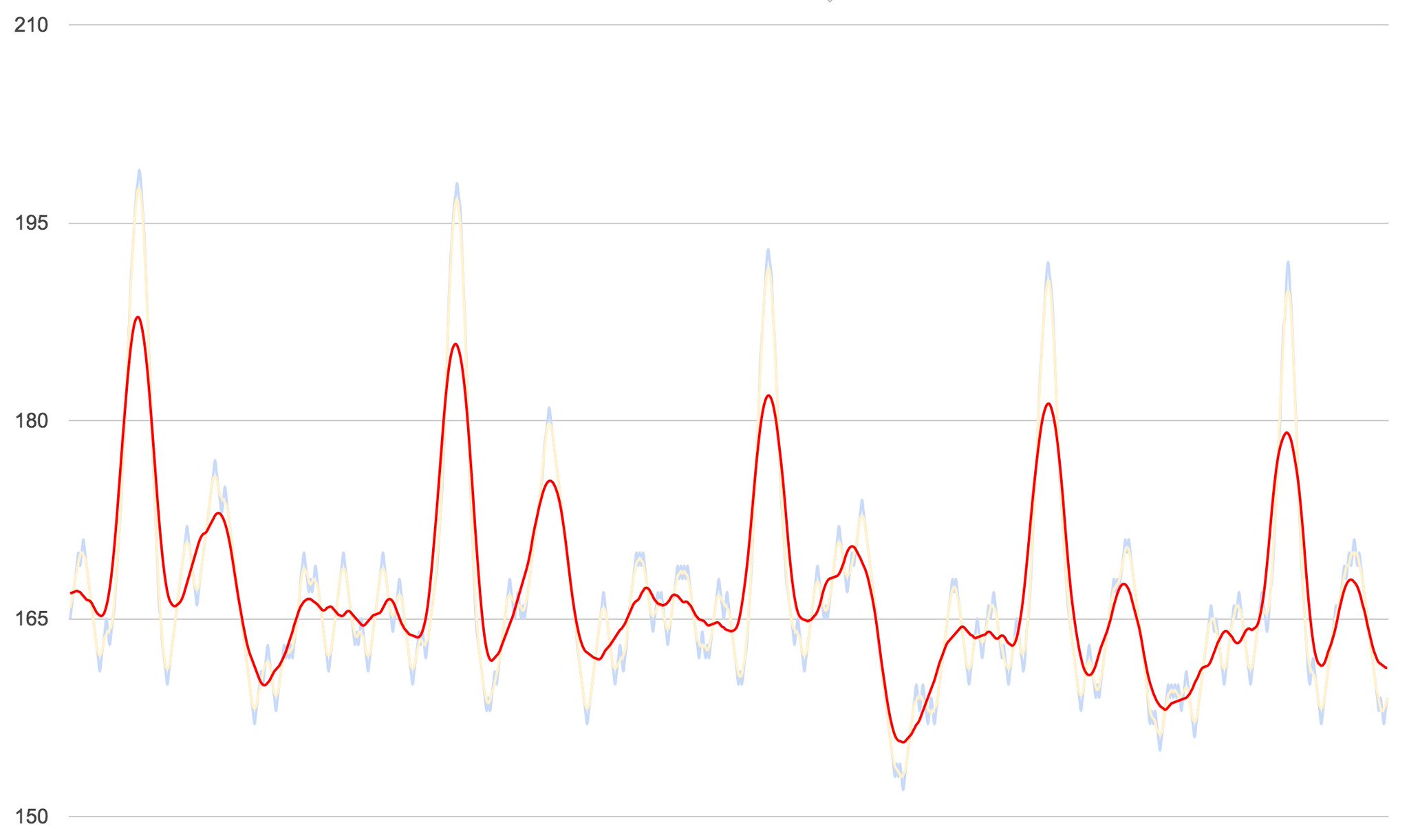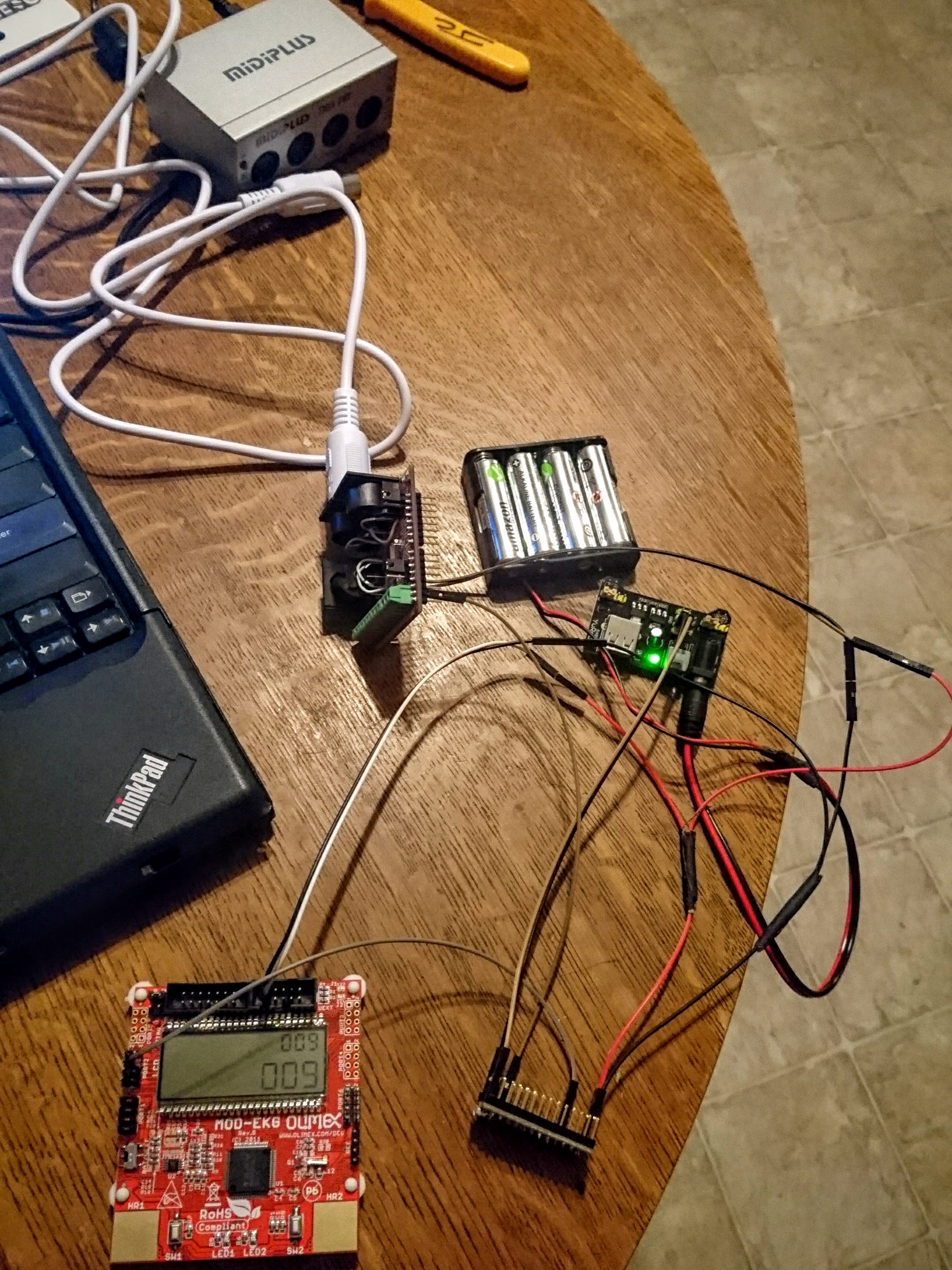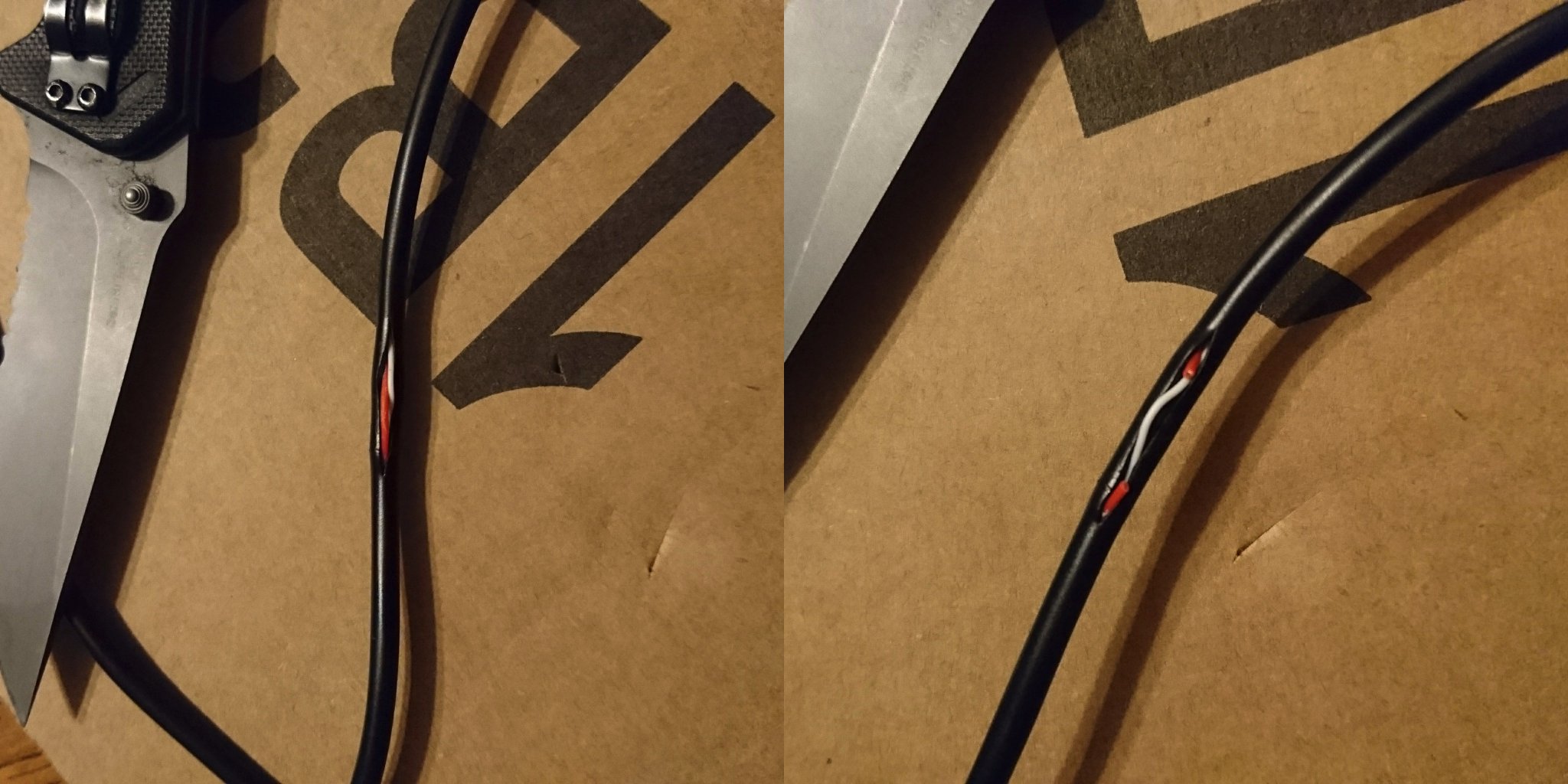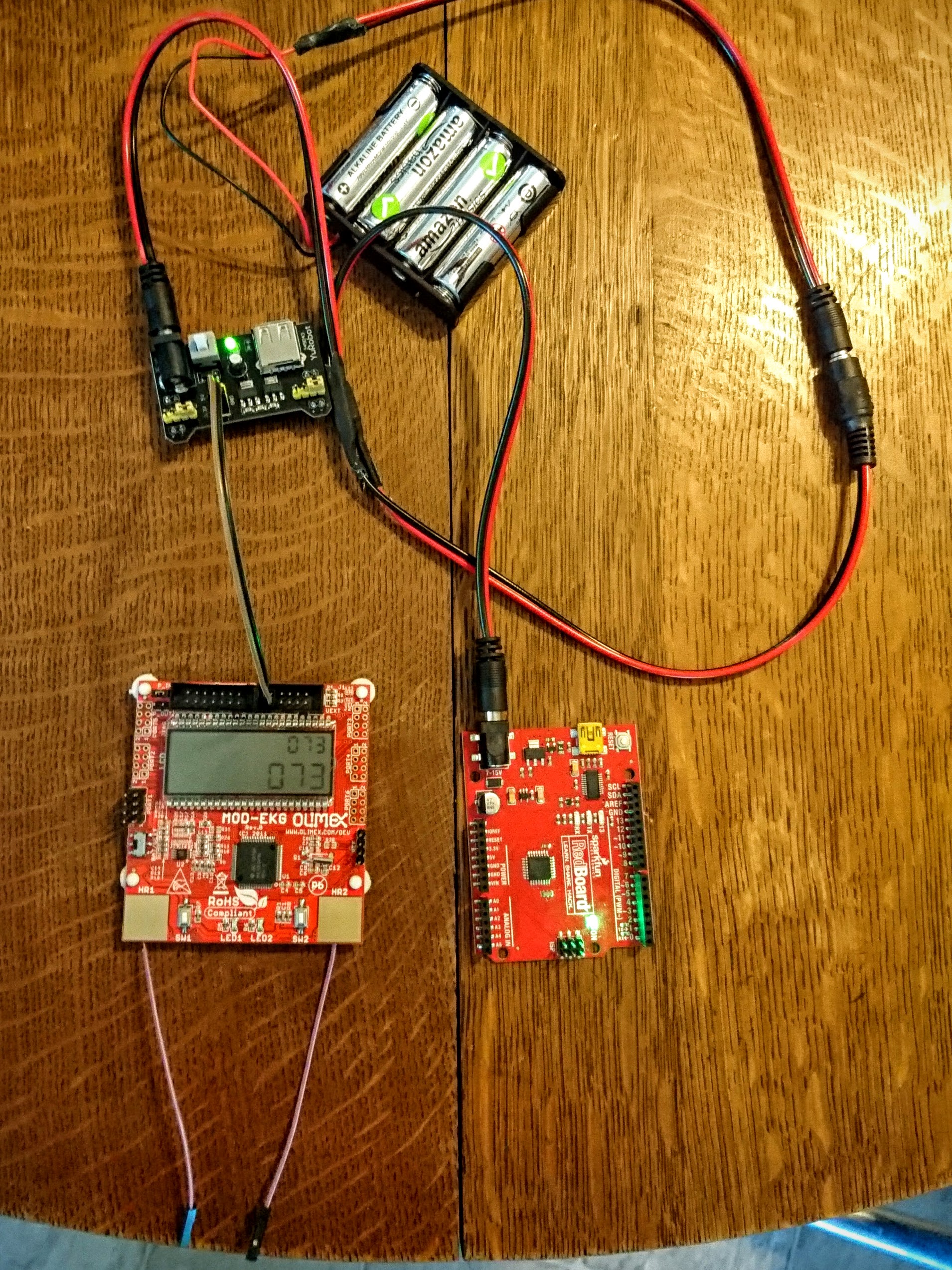It’s the first step of their grant process and is due tomorrow. The submission required a brief overview of the design and intent of this project, nothing complicated and all stuff I have thought though pretty well. You can find an excerpt on the new About page.
It also required an image, so I whipped this up in Sketchup. It’s a pretty close approximation, though I didn’t have time to rebuild that anatomical heart as a steel latice, which is what the actual sculpture will look like. Also, Sketchup does not have a lighting model – given that As One is a nighttime-only experience, the full-bright rendering is not doing us any favors.
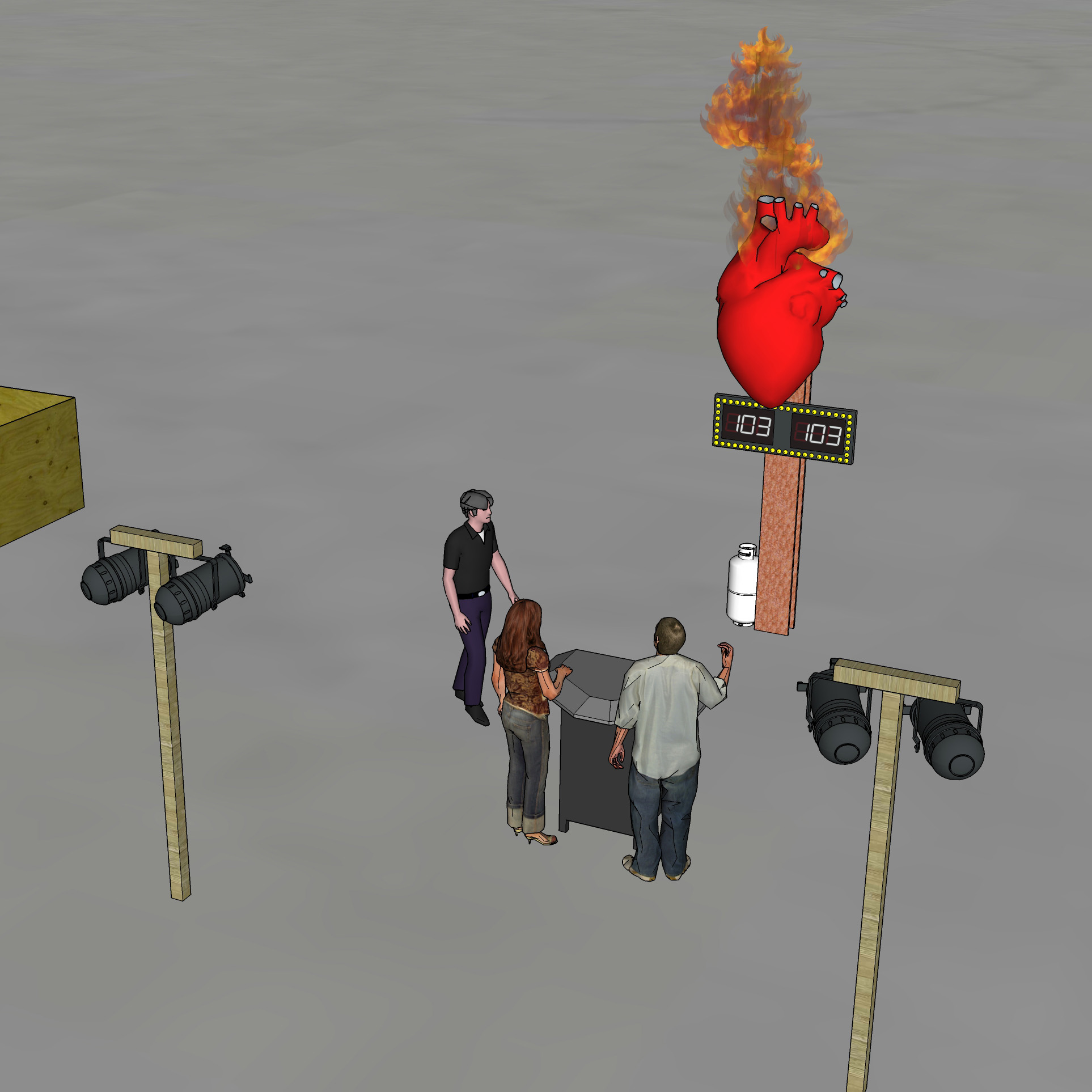
(Not shown: the other operator behind that genny baffle / fuel depot there, or the probable crowd of passers-by)

